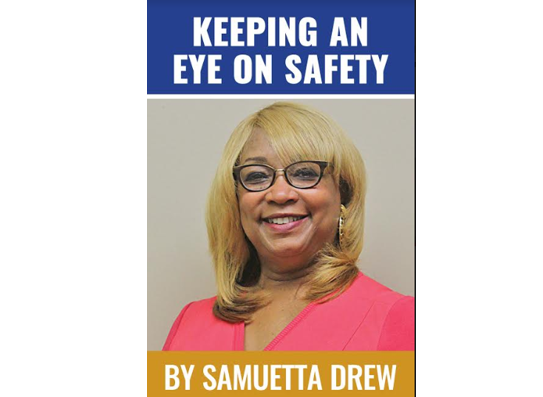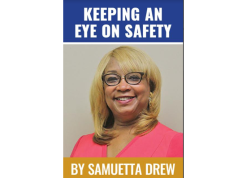By Samuetta Hill Drew
Last Saturday our entire state was under a massive severe weather threat due to a weather pattern that was impacting our region of the country. Actually, our region of the country belongs not to the Tornado Alley category, rather the Dixie Alley category.
Dixie Alley is the deadliest tornado area. Wikipedia states this name is given to areas of the southern United States that are particularly vulnerable to strong or violent tornadoes. Dixie Alley includes most of the region of the Mississippi Valley. It stretches from eastern Texas, Arkansas, Louisiana, Mississippi, Tennessee, Alabama, Georgia and western North Carolina.
Unfortunately, after the National Weather Service evaluation of Saturday, January 11 weather, it was confirmed that four tornadoes struck Alabama, three in northern Alabama and a deadly one in central Alabama.
With all this information repeatedly being shared, many in our city and county continue to take a very lax attitude toward various weather warnings. Many even remain unsure about their meaning. This behavior and lack of knowledge is baffling, especially for individuals who reside in Dixie Alley.
With this in mind, it is vital to share this information again because knowledge is golden and has the potential to be life-saving.
Tornado Watch according to the National Weather Service is the time to be prepared. It means a possible tornado is in and near your area. This is the time for you and your family, along with pets, if applicable, should be prepared to act quickly and move to your safe room in your home, if needed. Acting early can be life-saving. This room should have your supplies discussed in earlier articles, especially a helmet for everyone.
Tornado Warning on the other hand means to act now! It means a tornado has been sighted in your area. Warnings indicate imminent danger to life and property. This is the time you and your family, along with pets, if applicable, should move to an interior room on the lowest floor of a sturdy building. Avoid windows. If you’re in a mobile home, vehicle or outdoors, move quickly to the closest substantial shelter.
Another weather pattern term frequently used is straight-line winds. These winds come out of a thunderstorm. Damage from straight-line winds is often severe and can look like tornado damage. These winds uproot trees, toss various types of debris airborne and causes damage to standing structures.
Keeping an Eye on Safety by being knowledgeable, prepared and aware anytime there is a weather alert, is a smart idea!





